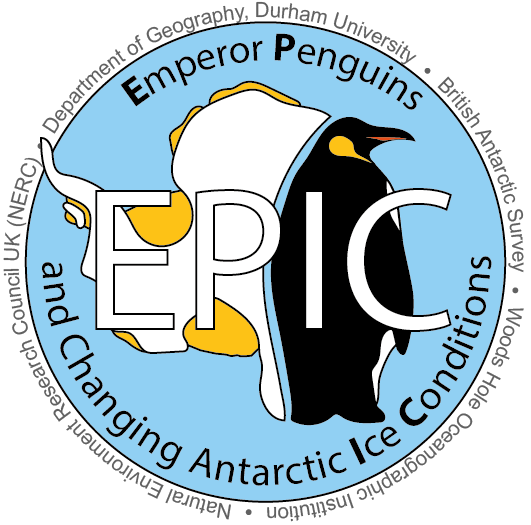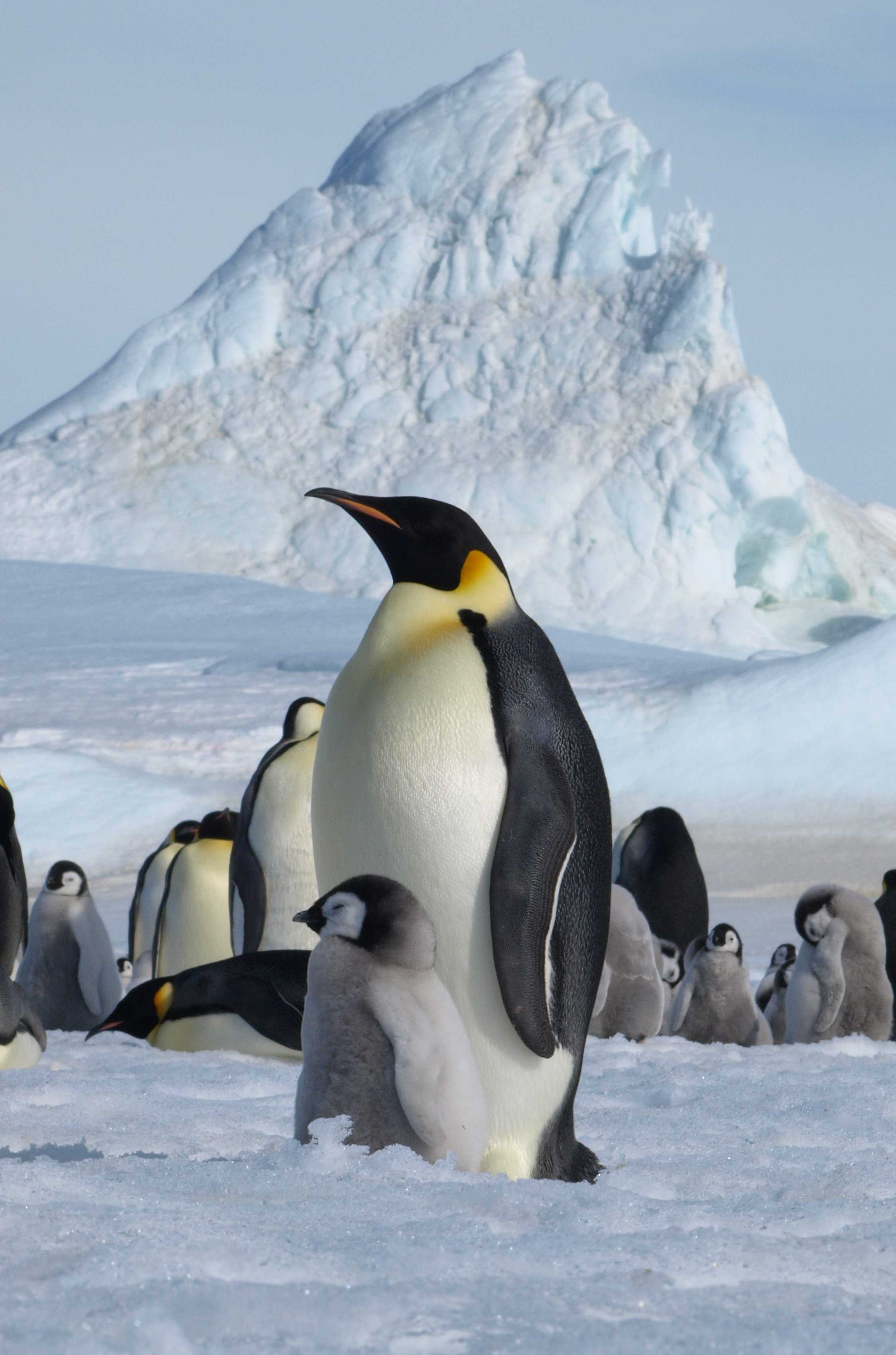
How will Emperor Penguins Respond to Changing Antarctic Ice Conditions (EPIC)?
Emperor penguins are an iconic Antarctic species and so it is surprising that the first complete map of their colony locations was only made in 2024. This snapshot gives an indication of the precarious nature of their existence, because for 8 months of the year they reside on sea ice - frozen ocean water - that fringes the Antarctic continent. Since 2016 Antarctic sea ice has set new record-lows in extent, and some penguin colonies have suffered breeding failure as a result. As Antarctica responds to a warming climate, this sea ice is likely to decline over the long-term and become more unstable, posing a significant risk to the viability of emperor penguin colonies that call it their home. Predictions have suggested over 90% of colonies will become quasi-extinct by the year 2100 as their sea ice habitat is lost. However, both historic and future colony responses are poorly known. For example, the models which predict future behaviour are based upon breeding factors measured at a single site and behavioural factors measured at only 9 sites over a short time period of 13 years. Thus there is a significant need to improve our understanding of past colony changes and how they link to changing sea ice habitat conditions so that we can better predict future colony vulnerability under a changing climate.
Although sea ice loss (and thus emperor penguin habitat) is controlled on a large scale by warming climate and oceans, an additionally overlooked process which may be increasingly disrupting sea ice conditions is the calving of icebergs which can push, or cause the fracturing of, sea ice, leaving an embayment sea ice free. In response to the loss of sea ice, emperor penguins may move to another region where sea ice conditions are more stable, or if no such area is available, they have more recently been observed to climb onto the glaciers themselves. This is a dramatic response, but without it the colony may cease to exist. Such observations of movement are again limited to a few local studies, and the impact of calving-induced sea ice breakout events upon emperor penguin colonies has never been measured. The project team aim to understand the past, present and future vulnerability of emperor penguin colonies to changing glacier and sea ice conditions.
The project will use existing archives of freely-available satellite imagery to map past colony movements, sea ice and glacier calving conditions at each of the 61 newly identified emperor penguin colonies in Antarctica. This will allow the team to establish how historic sea ice conditions have changed at each colony and will also permit an understanding of the impact of specific glacier calving events over the last 30-40 years. The research will allow the team to determine whether colony ability to move onto glacier ice or to migrate to new sea ice areas is a common reaction to sea ice loss, or whether this is a new phenomena. Using this information, the project team will gain better understanding of colony vulnerability to sea ice changes. In areas where colonies currently appear at risk, we will use very high-resolution commercial satellite imagery to establish whether they remain viable as a breeding colony.
This understanding will be used to control and enhance numerical models of penguin population dynamics and breeding success under future scenarios of sea ice and glacier calving conditions. In particular, as air temperatures warm or as glaciers calve at a particular frequency, the team will test how colonies will respond. The outcome of this work is vitally important for our understanding of the species and its survival over the next century and it expected to form the foundation for a case to establish emperor penguins as a protected species in the face of climate change.
The project is led by the NERC British Antarctic Survey. At Durham the project involves Professor Stewart Jamieson and Dr Guy Paxman.

Emperor Penguins on land-fast sea ice with a nearby iceberg. Image Courtesy of Peter Fretwell at British Antarctic Survey.
Impacting the World
Our research across human and physical geography addresses pressing global challenges through projects focused on delivering social and environmental benefits.
Virtual Library
Much of our research takes final form in high-impact articles or books. But a considerable amount of our activity takes place in other mediums.
Postgraduate Study
Postgraduate study at Durham helps you to develop a range of high-level research, analytic, and communication skills that are transferable to multiple career paths. Our postgraduates are highly valued employees in government, third sector and private agencies, as well as academia.
Contact Us
Founded in 1928, the Department of Geography at Durham University is one of the leading centres of geographical research and education in the world.
Department of Geography
Postgraduate Study
Durham University
Lower Mountjoy
South Road, Durham
DH1 3LE, UK
Tel: +44 (0)191 33418000


/prod01/prodbucket01/media/durham-university/departments-/geography/Matt_Couchmann-3872X1296.JPG)

.png)



